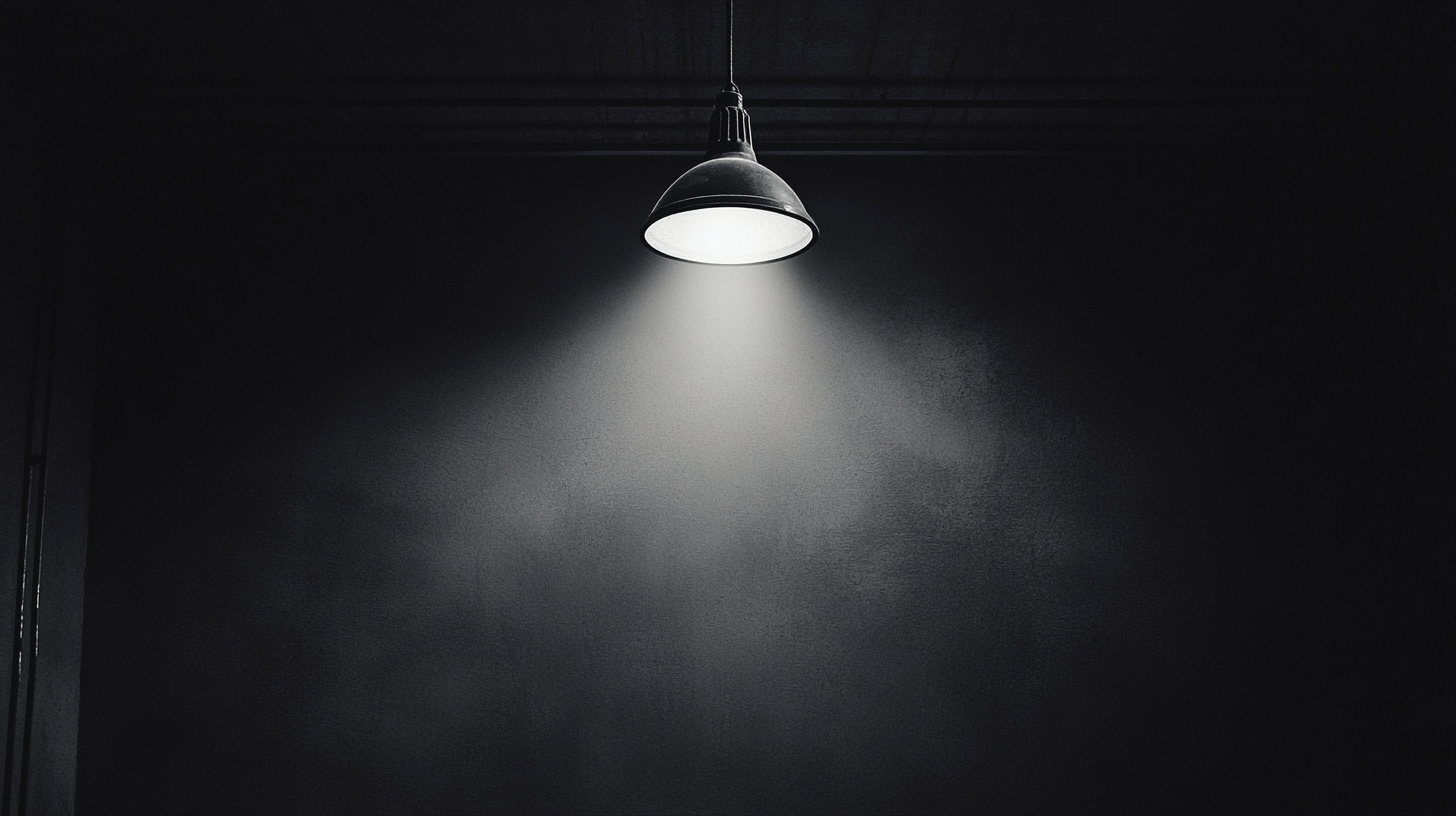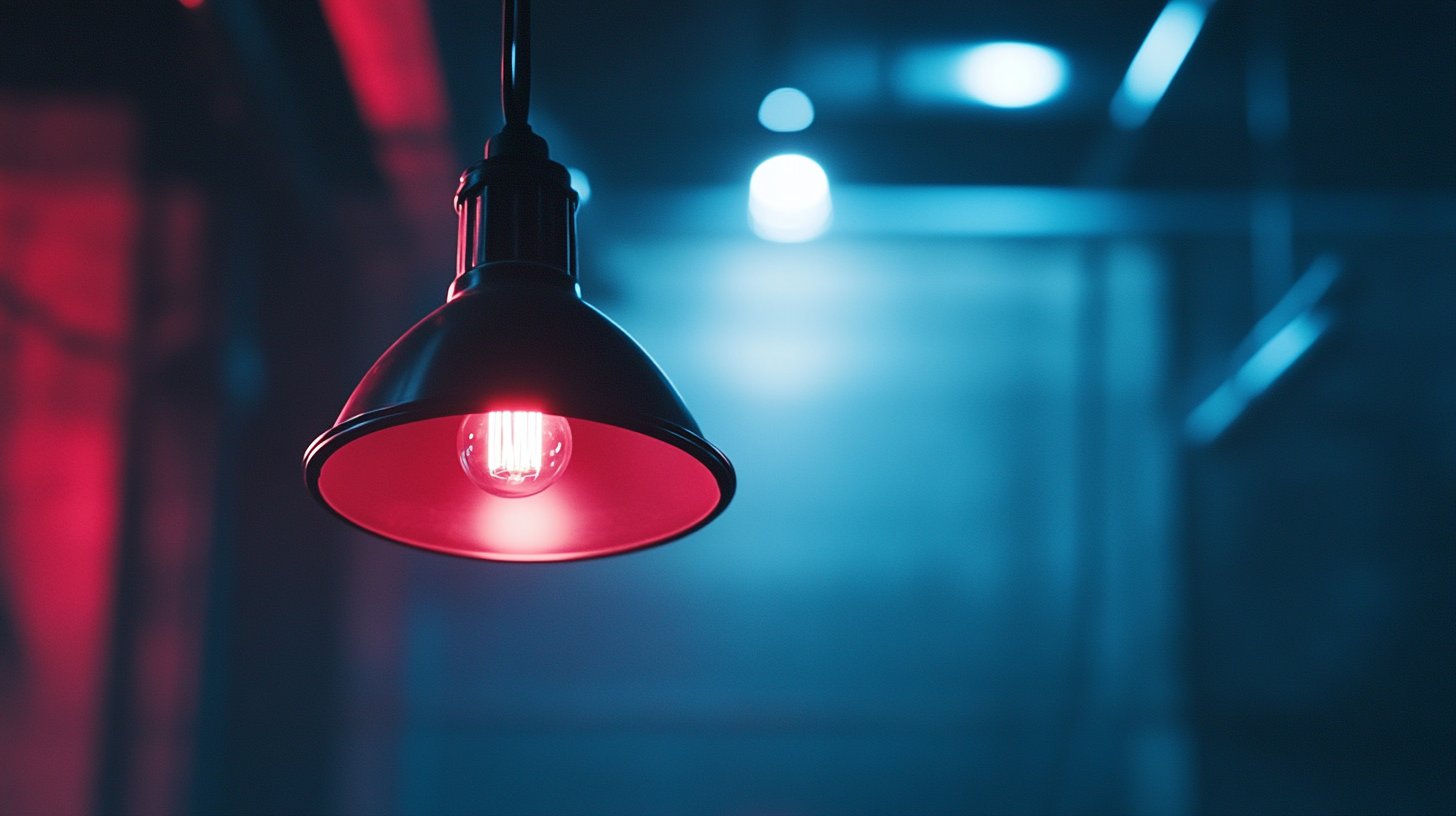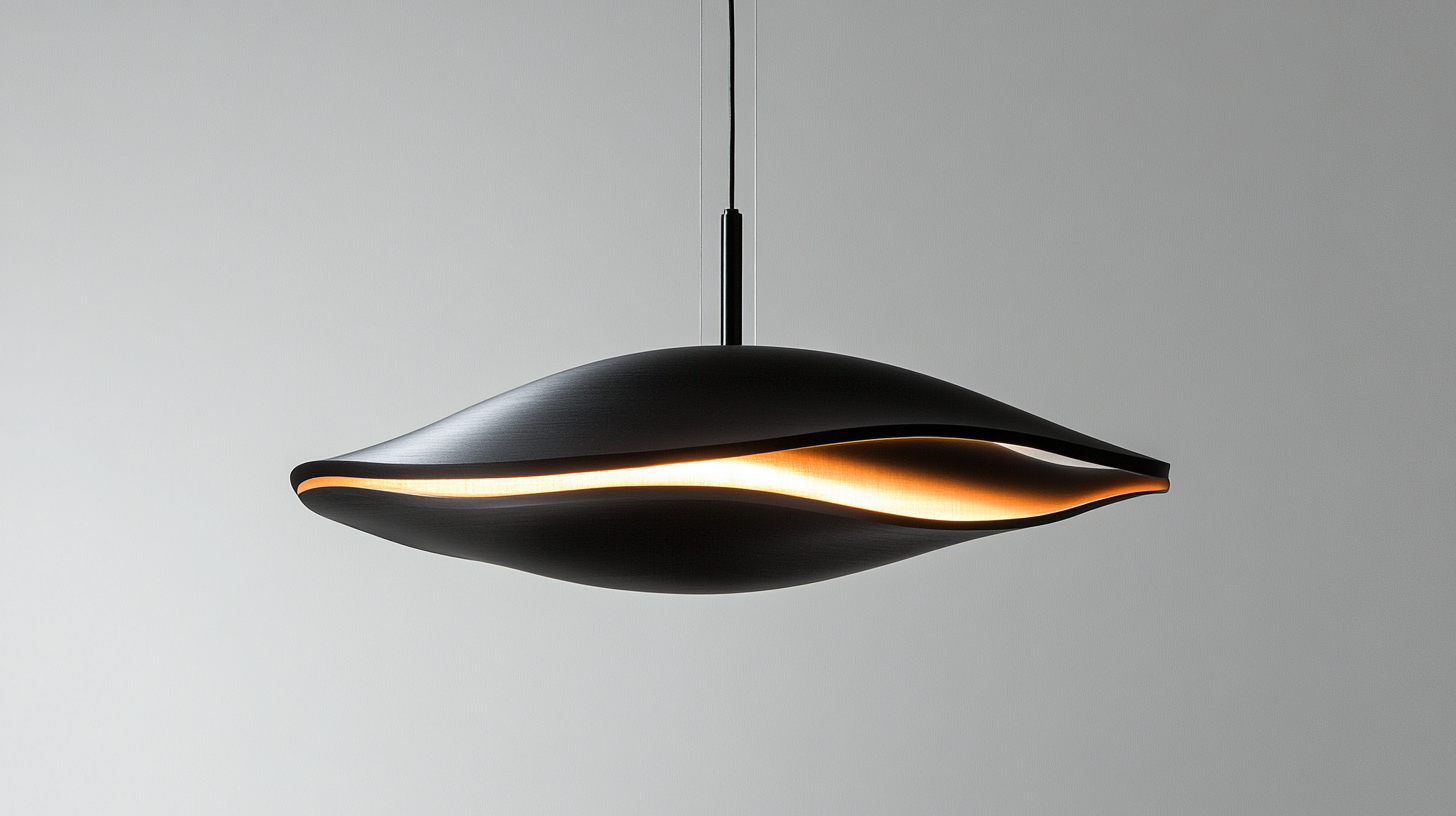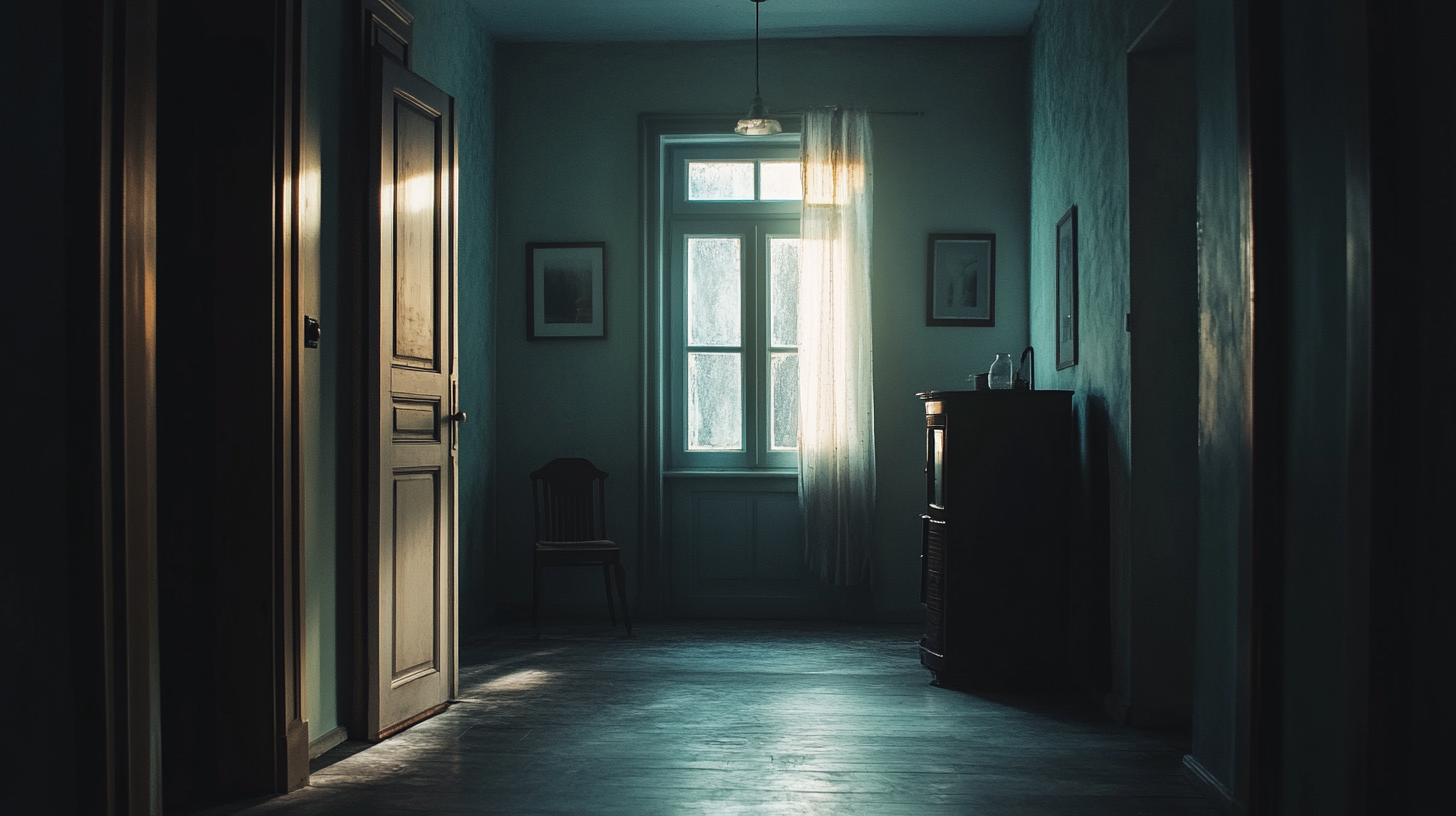Discover the Ultimate Guide to Simple Lighting for Modern Spaces
In contemporary interior design, the significance of effective lighting cannot be overstated. A recent survey by the American Lighting Association reveals that 87% of homeowners believe that well-designed lighting enhances the beauty of their living spaces. Moreover, adopting "Simple Lighting" strategies has been shown to improve the ambiance and functionality of modern environments. As minimalist aesthetics gain traction, it becomes evident that simplicity in lighting not only simplifies the design process but also maximizes the impact of light on mood and productivity.
The demand for streamlined and efficient lighting solutions is on the rise, with the global smart lighting market projected to reach $75 billion by 2024, according to a report by Fortune Business Insights. This trend underscores a shift towards integrating innovative yet uncomplicated lighting designs into homes and commercial spaces. As we explore the ultimate guide to "Simple Lighting," we will delve into practical applications and exemplary products that embrace this philosophy, ensuring that your modern space is both stylish and functional.

Understanding the Role of Lighting in Modern Interior Design
Lighting plays a pivotal role in modern interior design, significantly influencing both aesthetics and functionality. According to a recent industry report from the American Society of Interior Designers, approximately 90% of interior designers attribute the ambiance of a space to its lighting. Proper lighting not only enhances the visual appeal of a room but also sets the mood, affecting how individuals feel within the environment. In contemporary spaces, the integration of natural light with artificial sources is essential. A study conducted by the Pacific Northwest National Laboratory revealed that access to natural light can increase productivity by up to 15% in workplace environments. This emphasizes the importance of window placements and the use of transparent materials when designing modern interiors. Additionally, the design choice between warm and cool light temperatures can influence human emotions, with warm lighting often creating cozy spaces while cooler tones promote alertness and activity. Furthermore, energy-efficient lighting solutions, such as LEDs, have become a staple in modern design. The U.S. Department of Energy reported that LEDs use at least 75% less energy and last 25 times longer than incandescent lighting. This shift not only aligns with sustainable design principles but also allows for innovative lighting designs that can adapt to various functions within a space, illustrating how lighting is an essential element of modern interior architecture.

Choosing the Right Fixtures for a Minimalist Aesthetic
When it comes to achieving a minimalist aesthetic in modern spaces, choosing the right lighting fixtures is paramount. The focus should be on simplicity and functionality, with designs that elevate the overall ambiance without overwhelming the senses. The trend is leaning towards fixtures that embody clean lines and understated elegance, making them perfect for contemporary interiors.
One of the most popular styles for 2023 is the emphasis on statement fixtures that draw the eye while maintaining a serene environment. For instance, minimalistic floor lamps and wall lights not only illuminate a room but can also serve as artistic focal points. This approach aligns perfectly with the principles of minimalism, where each piece is intentionally selected to enhance the space rather than clutter it.
Moreover, innovative designs, such as recessed lighting, are becoming essential for those looking to embrace a spacious feel while battling common issues like light pollution. As demonstrated by recent initiatives such as towns installing decorative streetlights, the emphasis is on blending functionality with a stylish appearance. By integrating modern lighting solutions into spaces, homeowners can achieve a balance between aesthetic appeal and environmental consciousness, thus creating a harmonious living environment.

Incorporating Natural Light: Tips for Brightening Your Space
Incorporating natural light into your space can dramatically transform the atmosphere of your home, making it feel more open and inviting. The first step to embracing natural light is to assess how your space interacts with the outdoors. Large windows, sliding glass doors, and skylights are excellent features to consider. If you’re in the design phase or planning a renovation, prioritizing these elements can significantly enhance the flow of natural light throughout your home.
Moreover, the color palette of a room plays a crucial role in its brightness. Light-colored walls and ceilings reflect sunlight, creating a more luminous environment. Consider using soft whites, pale blues, or gentle pastels to amplify this effect. Additionally, strategically placing mirrors can help bounce light around the room, making even smaller spaces feel brighter and more expansive. This technique not only improves aesthetics but also promotes a cheerful and uplifting atmosphere, making it a win-win for any modern space.
Don’t forget about the importance of seasonal adjustments. As the sun’s position changes with the seasons, consider using lightweight, sheer curtains to allow maximum light during the day while maintaining privacy. In the winter, you can utilize sunlight to warm up your home during the day, while in summer, the same curtains can be adjusted to prevent excess heat without compromising the natural light. By thoughtfully considering how to incorporate and play with natural light, you can create a welcoming oasis that feels connected to the beauty of the outdoors.

Layering Light: Creating Depth with Ambient, Task, and Accent Lighting
Creating a well-lit modern space hinges on the effective layering of three fundamental types of lighting: ambient, task, and accent. This triad not only enhances the aesthetic appeal of a room but also improves functionality, allowing for a balanced atmosphere that caters to various activities and moods. Ambient lighting serves as the foundational layer, providing a general illumination that fills the entire space, making it essential for creating a comfy environment. This can be achieved through ceiling fixtures, recessed lights, or larger floor lamps that set the tone for the room.
The second layer, task lighting, is crucial for specific areas where focused illumination is necessary, such as reading nooks, kitchens, or workspaces. Desk lamps, pendant lights, and under-cabinet lights fall under this category. By strategically placing task lighting, you can enhance productivity and convenience, allowing you to carry out activities without straining your eyes.
Accent lighting, the third layer, introduces drama and visual interest, drawing attention to architectural features, artwork, or decorative elements in the space. This can be achieved through wall sconces, picture lights, or even LED strip lights. By playing with the intensity and angle of these lights, you can create a sense of depth and intrigue, transforming a simple room into a dynamic environment where every element of design is highlighted beautifully. By mastering these three layers of lighting, you can elevate your modern space into a stylish and functional haven.
Sustainable Lighting Solutions for Eco-Friendly Homes
Sustainable lighting solutions are becoming increasingly essential for eco-friendly homes. According to a 2022 report by the International Energy Agency (IEA), buildings account for approximately 30% of global energy consumption, with lighting representing about 15% of this total. Transitioning to energy-efficient lighting can significantly reduce both energy usage and carbon footprints, highlighting the importance of thoughtful lighting choices in modern spaces.
LED lighting is at the forefront of this movement. These bulbs use up to 80% less energy than traditional incandescent bulbs and have a lifespan of up to 25,000 hours, which translates to lower replacement rates and waste. A study by the U.S. Department of Energy found that widespread adoption of LED lighting could save over $30 billion in energy costs by 2027. As homeowners look to reduce their environmental impact, investing in LED fixtures not only aligns with sustainability goals but also offers substantial financial savings over time.
Another innovative solution is the use of smart lighting systems, which incorporate sensors and timers to optimize energy use. The Global Smart Lighting Market Report forecasts that the smart lighting sector will grow at a compound annual growth rate of 19% from 2021 to 2026, driven by the growing awareness of energy conservation and the integration of smart home technologies. These systems can automatically adjust lighting based on occupancy, reducing waste and contributing to a more sustainable overall energy profile.
By leveraging these sustainable lighting solutions, homeowners can create modern spaces that are both stylish and eco-friendly. As the demand for green building practices continues to rise, the integration of energy-efficient lighting will play a pivotal role in fostering a more sustainable future.

